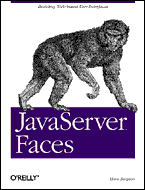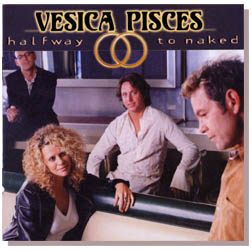The third edition of my JSP book is now available in stores and online, e.g., at Amazon.com and other shopping sites.
It covers the new JSP 2.0, JSTL 1.1 and Servlet 2.4 specifications (i.e., J2EE 1.4) with exiting new features such as tag files (JSP-like files for developing custom tags), use of the Expression Language in template text and any element attribute value, more powerful XML format support, and a simplified API for Java tag handlers.


